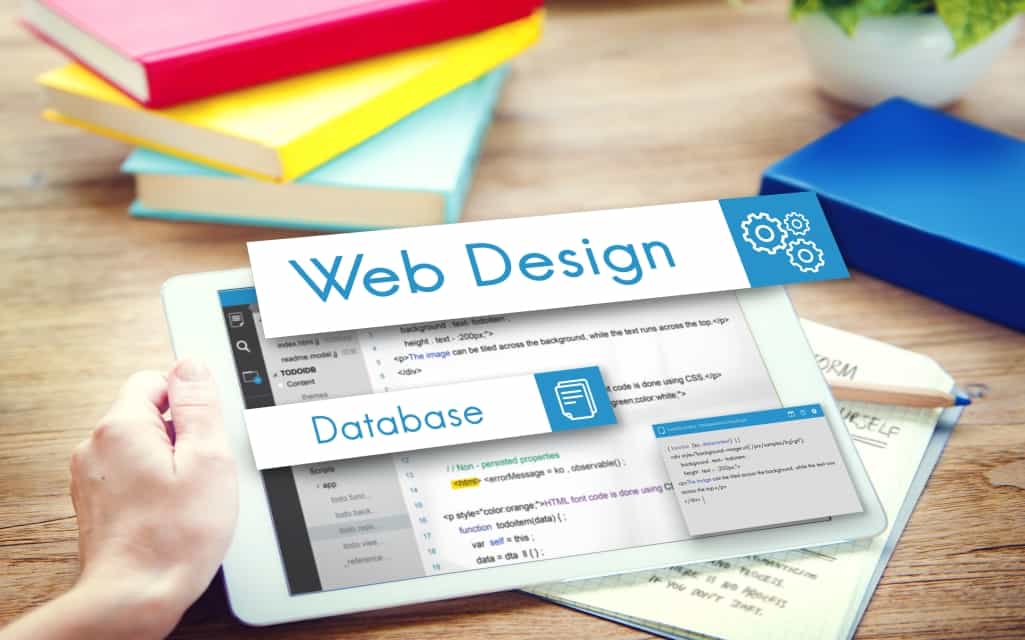The reality is that hundreds or even thousands of web technologies exist, counting them all would be impossible since new technologies appear every so often. In this post we will see the most famous and important technologies so that you know what options you have when developing a web or web application.
Do you want to create the best website in the world? Either to enhance your personal brand or to give greater visibility to your business, when it comes to building a website, it is essential to know the best tools for designing web pages and blogs in order to obtain a totally professional result.
But not only that, but they will also help you to take less time in the creation process and be more efficient in all your projects.
And the best of all is that it does not matter if you use WordPress, Joomla, Prestashop or another CMS to create websites, since many of the tools mentioned below can be used in any project.
Standard technologies on the client side
The W3C (World Wide Web Consortium) is an international community that develops open standards that ensure long-term web growth, such as HTML5 & CSS, Scripting and AJAX, accessibility standards, graphics, audio and video, semantic web, XML and many more.
- HTML: (Hypertext Markup Language) provides structured information in sections, paragraphs, title, images, etc., the current version of HTML5, and offers many advanced libraries for the insertion of multimedia content, canvas, communications and concurrency.
- CSS: (Cascading Style Sheets) is responsible for the distribution of the elements and their style with colors, fonts, backgrounds, effects, in HTML documents, XML, SVG or even user interfaces of other technologies.
- Scripting: Thanks to scripting, the pages can be programmed with different scripting languages, although mainly JavaScript is used, which modifies the page thanks to its ability to execute code when it interacts with it.
- DOM: It is the object model of the document (Document Object Model) and consists of a library (API) to manipulate the HTML document loaded in the browser, allowing the management of events, or the insertion and deletion of elements.
Non-standard technologies for web development
For a long time the lack of open technologies to perform different actions associated with behaviour and multimedia content made some proprietary technologies occupy this gap, always at the initiative of software development companies, then highlight some of the best known.
- Adobe Flash: This is a technology used to embed interactive multimedia content on web pages that predominated for a long time.
- Java Applets: The Java Applets were the forerunners of Flash, but due to anti-competitive practices of Microsoft and Sun Microsystems was more focused on application servers, so it has also been in disuse for some time.
- Microsoft Silverligth: It was during time the bet of Microsoft to compete with Adobe Flash, but the support was very limited in platforms different from Windows.
Server technologies
The standards are very important in web browsers (client) since it is important that the web is compatible with any device, however these standards are not necessary in the server, because each organization will develop its server with the technology, they believe is convenient.
- Java EE: It is a Java-based technology widely used at the enterprise level, most implementations and tools for development are free software, and there are communities of developers and companies that make supplements.
- PHP: It is the server-side technology with which more servers have been implemented on the Internet, it is cross-platform and is usually integrated with Apache and MySQL.
- ASP.NET: This is an evolved version of classic ASP, is integrated into Microsoft .NET technology along with the C# language, has proprietary license and for Windows platforms and a community of developers more limited than other alternatives.
More about technologies or Web Development in general, find on Aviatrix.



